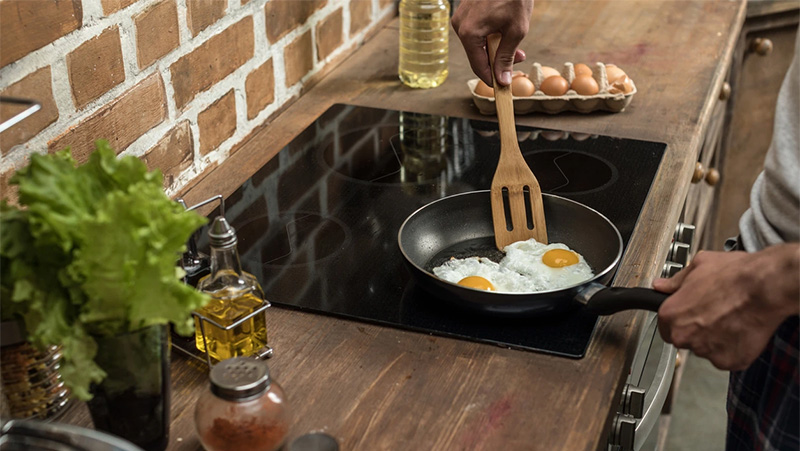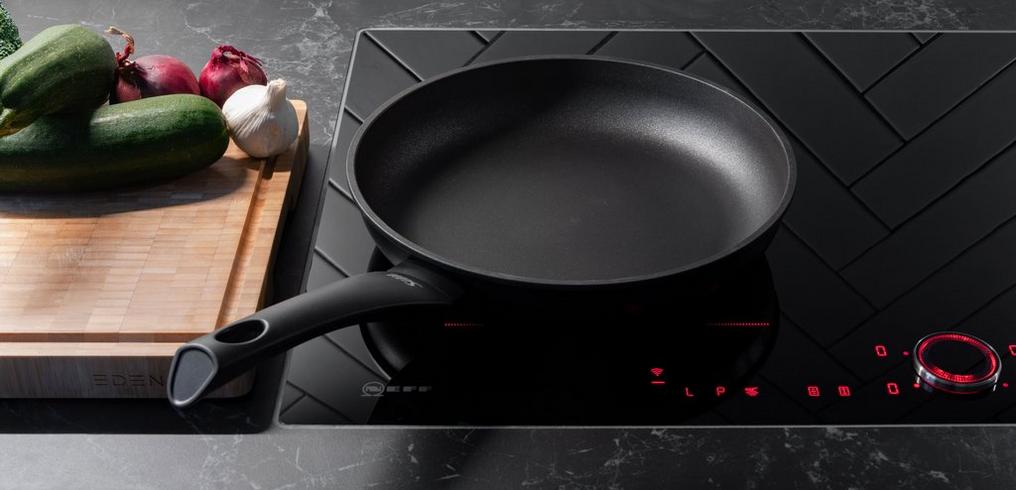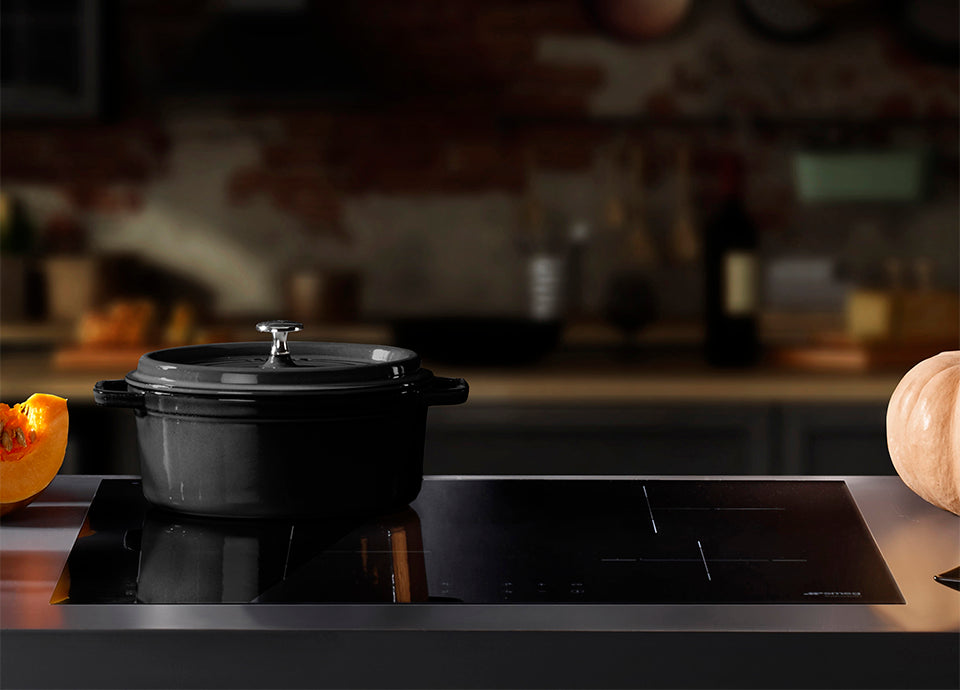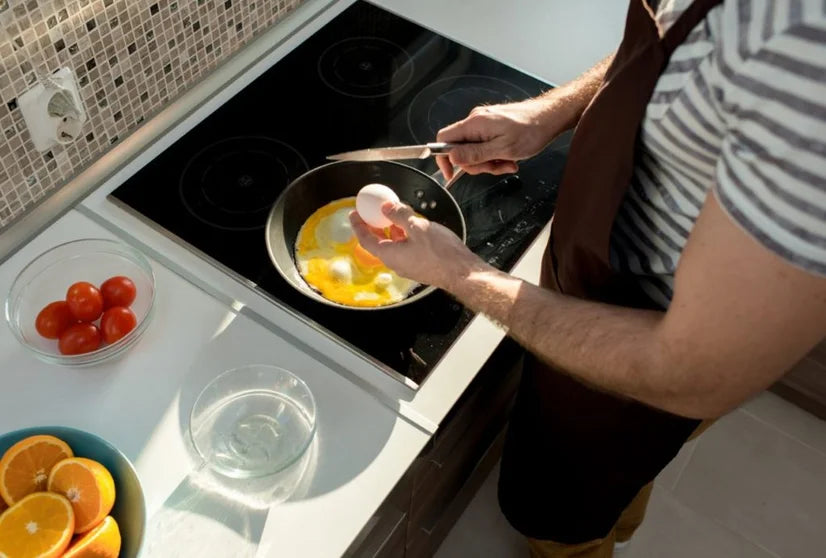The world of modern cooking is ever-evolving, and for kitchen professionals, staying ahead of the curve is essential. Among the many innovations that have transformed the culinary landscape, the combination of cast iron and magnetic induction stands out as a genuine game-changer. But what exactly makes this pairing so powerful, and how can it revolutionize your cooking experience?
As a kitchen professional, you may already appreciate the robustness and versatility of cast iron cookware. Its ability to retain heat and distribute it evenly has made it a staple in professional kitchens for decades. However, when coupled with the cutting-edge technology of magnetic induction, it opens up a whole new world of culinary possibilities.

The Science Behind Cast Iron and Magnetic Induction
To truly appreciate the magic of this combination, it's crucial to understand the science behind it. Induction cooking works by using an electromagnetic field to heat pots and pans directly. Unlike traditional gas or electric stoves, which heat the air around the cookware, induction cooktops generate heat within the cookware itself. This method is not only faster but also more energy-efficient.
One of the key requirements for induction cooking is that the cookware must be made of a ferrous material, which is where cast iron shines. Cast iron's iron content makes it an ideal candidate for induction cooktops, allowing it to heat up quickly and evenly. This synergy between cast iron and magnetic induction technology ensures precise temperature control, reducing the risk of overcooking or burning.
Benefits of Using Cast Iron on Induction Cooktops
For those accustomed to traditional cooking methods, the shift to induction with cast iron might seem daunting. However, the benefits are undeniable:
1. Unmatched Heat Retention and Distribution
Cast iron is renowned for its ability to retain heat, making it perfect for searing meats or achieving that perfect crust on a homemade pizza. When used on an induction cooktop, this ability is enhanced, ensuring consistent results every time.
2. Energy Efficiency
Because induction cooktops heat cookware directly, they are more energy-efficient than traditional methods. This efficiency not only reduces energy consumption but also speeds up cooking times, allowing kitchen professionals to optimize their workflow.
3. Safety
With induction cooking, the cooktop surface remains relatively cool to the touch, reducing the risk of burns and accidents in a busy kitchen environment. This is especially important for professional chefs working in high-pressure situations.
Incorporating Cast Iron and Induction into Your Kitchen
So, how can you effectively incorporate this dynamic duo into your kitchen? Start by selecting the right cast iron cookware that is compatible with induction. Look for pans and pots with a flat base to ensure maximum contact with the induction cooktop.
Next, consider investing in a high-quality induction cooktop. With a variety of options available, from portable units to built-in stovetops, there's something to suit every kitchen's needs. For more on how induction cooking can transform your kitchen setup, visit this Consumer Reports article.
Additionally, mastering the art of balancing flavors and textures is crucial for creating unforgettable dishes. Dive deeper into these techniques here.
Common Concerns and Misconceptions
Despite the numerous advantages, some professionals remain skeptical about induction cooking. Let's address a few common concerns:
1. Compatibility
Some worry that their existing cookware won't work on induction cooktops. While it's true that non-ferrous cookware won't work, most cast iron pots and pans are perfect for induction use. Learn more about cookware compatibility here.
2. Learning Curve
Transitioning from traditional methods to induction can require an adjustment period. However, with practice, you'll find that the precision and control offered by induction cooking far outweigh the initial learning curve.
Conclusion: Embrace the Future of Cooking
In conclusion, the combination of cast iron and magnetic induction offers a multitude of benefits for kitchen professionals. From energy efficiency and safety to unmatched heat retention, this dynamic duo is poised to redefine the culinary landscape. For those ready to embrace the future of cooking, the potential is limitless.
For additional insights into how sizzling dishes are crafted and served, explore this Culina Cooks article. And for those looking to add a touch of romance to their culinary creations, check out this guide.

FAQ
1. Can you use all cast iron on induction cooktops?
Most cast iron cookware is compatible with induction cooktops due to its ferrous material. However, ensure that the base is flat for optimal heat distribution.
2. Does cast iron heat evenly on induction?
Yes, cast iron heats evenly on induction cooktops, offering precise temperature control and consistent cooking results. For more details, visit this article.
3. What are the benefits of using induction cooktops?
Induction cooktops offer numerous benefits, including energy efficiency, faster cooking times, and enhanced safety features. For an in-depth look at these benefits, read this Wikipedia page.






Leave a comment
This site is protected by hCaptcha and the hCaptcha Privacy Policy and Terms of Service apply.